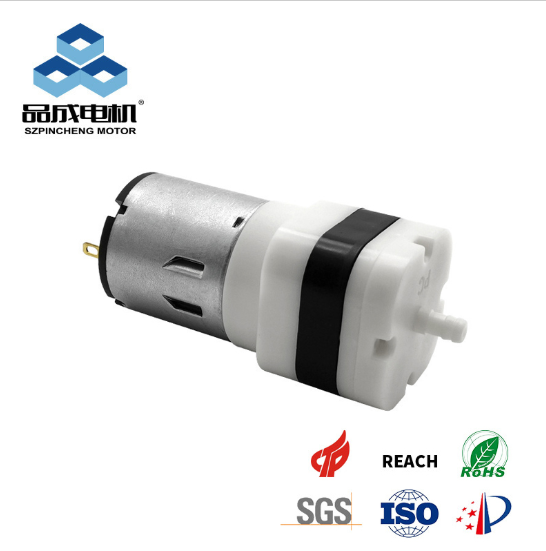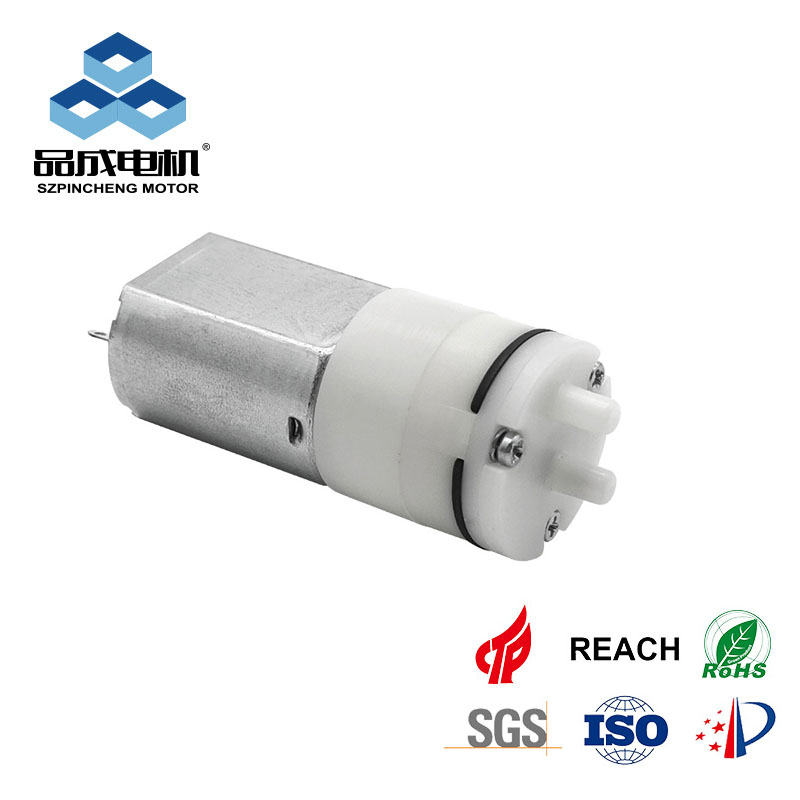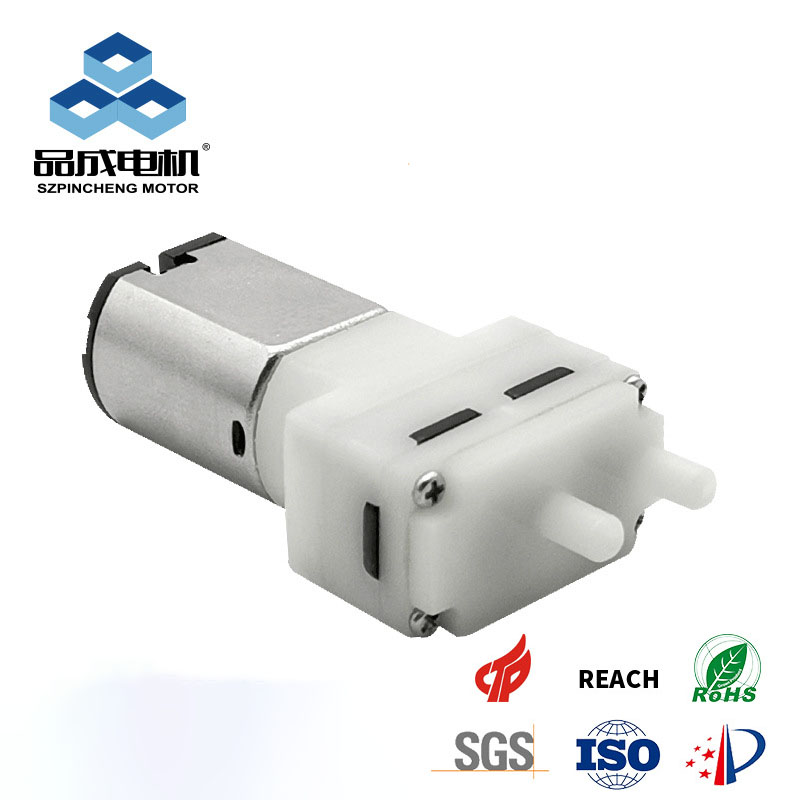The modern world relies on miniaturization, and few components are as critical to this trend as the micro vacuum pump. These tiny devices, often no larger than a coin, are the unsung heroes in everything from portable medical diagnostics to high-tech consumer electronics. If you've ever wondered about the complex engineering behind a mini vacuum pump or a powerful small vacuum pump 12v, this article will take you on a journey through the manufacturing process. We will explore the precision required to create a reliable small electric vacuum pump and highlight the key design choices that differentiate a standard mini electric vacuum pump from a high-performance solution like those offered by Pincheng Motor.
The Core Principle of Vacuum Generation
A micro vacuum pump operates by creating a pressure differential. It works by rapidly expanding a chamber volume to draw air in, and then compressing that volume to expel the air through a one-way valve, effectively reducing the absolute pressure in the connected system. The most common type of micro vacuum pump is the diaphragm pump.
The Diaphragm Pump Mechanism:
1. The Motor: The process begins with a DC motor, often a 12 volt mini vacuum pump or a similar low-voltage unit, which provides the rotational energy.
2.The Eccentric: The motor's rotational motion is converted into a linear, reciprocating motion by an eccentric mechanism (a cam or crank).
3.The Diaphragm: This linear motion drives a flexible diaphragm (membrane) up and down within the pump head.
4. Valves: The pump head contains two precision-engineered one-way valves: an inlet valve and an outlet valve. When the diaphragm moves up, it expands the chamber, creating a vacuum that opens the inlet valve and draws air in. When the diaphragm moves down, it compresses the air, closing the inlet valve and forcing the air out through the outlet valve. This mechanism is the heart of the small diaphragm vacuum pump.
The Precision Manufacturing Process
Creating a reliable small vacuum pump requires meticulous attention to detail and high-precision manufacturing at every stage.
1. Component Machining and Molding
The pump head, casing, and motor housing are typically made from engineering plastics or aluminum alloys. These parts must be molded or machined to extremely tight tolerances. Any imperfection in the sealing surfaces can lead to leaks, which severely degrade the pump's ability to create and maintain a vacuum. The diaphragm itself is often made from high-grade elastomers like EPDM or PTFE, chosen for their flexibility, chemical resistance, and long-term durability.
2. Motor Integration
The DC motor is the power source. For a reliable mini vacuum pump 12v, the motor must be perfectly aligned with the eccentric mechanism. Misalignment causes excessive vibration, noise, and premature wear. This is where the quality of the motor, often a specialized 370 mini vacuum pump motor, becomes paramount. The motor must be capable of continuous, high-speed operation without overheating.
3. Valve Assembly
The one-way valves are arguably the most critical components. They are typically tiny, precision-cut rubber or plastic flaps. They must open and close instantly and completely with every stroke of the diaphragm. The valve seats must be perfectly flat and smooth to ensure a perfect seal, preventing air from flowing backward and destroying the vacuum. This delicate assembly process often requires automated, clean-room environments.
4. Sealing and Testing
Once assembled, the pump head must be hermetically sealed to the motor housing. High-quality adhesives and ultrasonic welding are used to ensure no air can leak into the system. Every single mini vacuum pump must then undergo rigorous testing. This includes measuring the ultimate vacuum level (the lowest pressure the pump can achieve) and the flow rate under various load conditions.
Pincheng Motor’s Advantage in Vacuum Technology
While the basic principles of vacuum pump manufacturing are universal, the difference between a generic pump and a high-performance solution lies in the engineering and quality control. Pincheng Motor excels in producing micro quiet vacuum pump solutions that meet the stringent demands of modern applications.
Our advantage stems from three core areas:
1.Noise and Vibration Control: We recognize that many applications, such as blood pressure monitors and aroma diffusers, require near-silent operation. Our pumps feature advanced dampening materials and precision-balanced motors, ensuring that even our most powerful small vacuum pump operates with minimal noise.
2.Customization and Durability: We offer a wide range of materials for diaphragms and valves, allowing us to customize the pump for specific media (e.g., corrosive gases or high-humidity environments). This focus on material science ensures the longevity and reliability of our pumps, far exceeding that of standard off-the-shelf units.
3.Comprehensive Product Range: From the compact mini vacuum pump to specialized high-flow models, Pincheng provides a complete portfolio. Our expertise in both the motor and the pump mechanism allows us to deliver integrated, optimized solutions.
By choosing a Pincheng small electric vacuum pump, you are not just buying a component; you are investing in a product built with the highest level of precision engineering, designed for reliable, long-term performance in your most critical applications.
you like also all
Post time: Nov-11-2025




